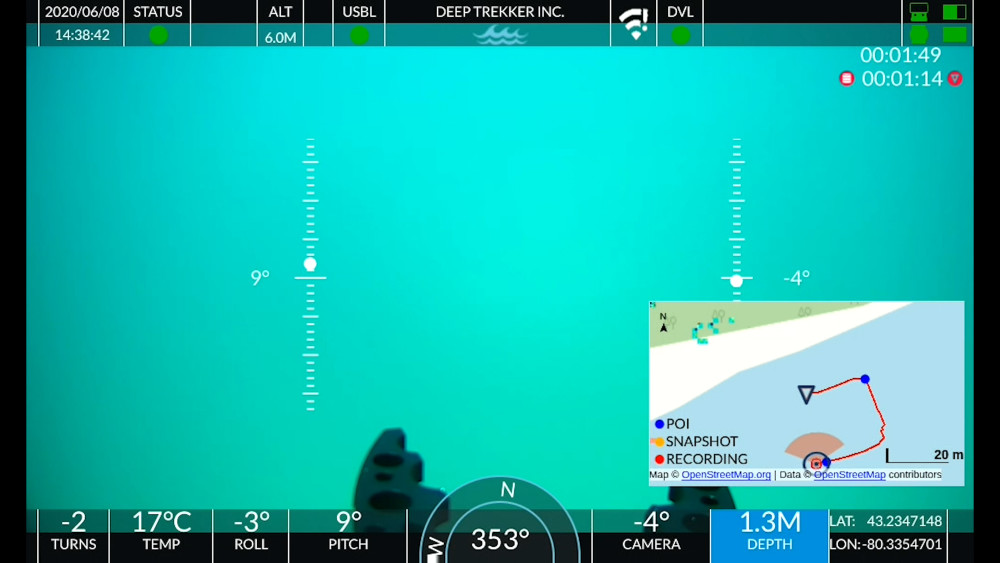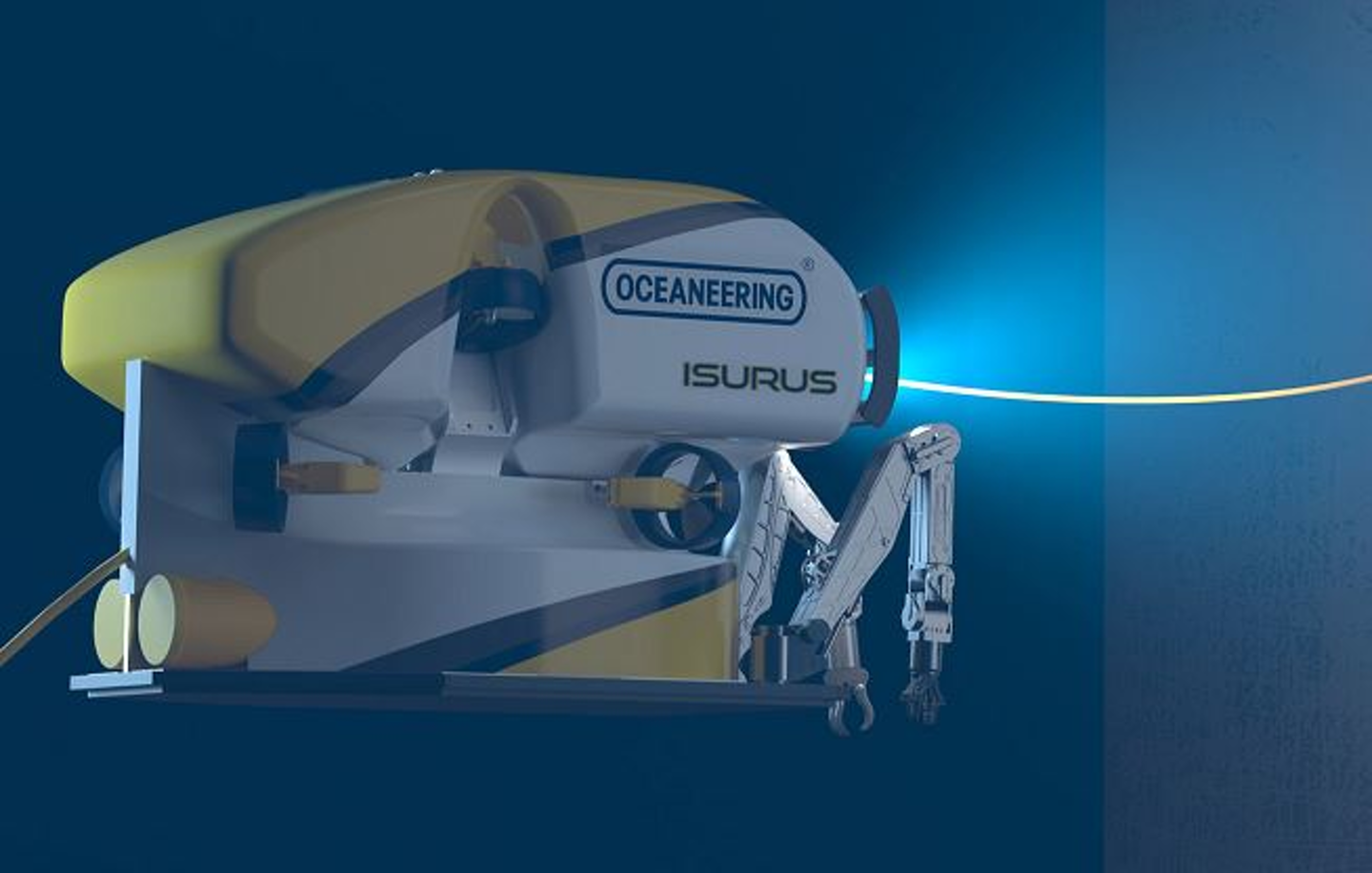Home › Forums › General › General Board › Subsea laser reference stripe
- This topic has 25 replies, 6 voices, and was last updated 12 years, 10 months ago by
Savante.
-
AuthorPosts
-
November 5, 2007 at 5:13 pm #13019
Andy Shiers
ParticipantNo good in Morcombe bay then 😀
November 5, 2007 at 5:55 pm #13020TheBaron
ParticipantHey Listingboy! Remember that home-made "LAAAASERRRRRR" skid we had back in the day. That cheeky Mahatma Fakkir AB tw*t using it as a freakin’ footrest on deck? FAF! I thought you was gonna snot that ‘film star’ into the next century(no offense, Centurian) !
How much did it cost to calibrate that "LAAAAASERRRRR"?
Savante, I didn’t think you were that kind of color. 😳November 5, 2007 at 8:48 pm #13021Andy Shiers
ParticipantAAAAAaaaaaaaagh yes 😀
The ‘Laaaaaaserrrrrrrrrrr’
Fabricated by the ‘Engineers’ in the middle east
If I recall 🙄
It cost the sum of the ship leaving the field , travelling two days and port entry fees to make 🙂
But as you remember , The ship didna cost that much to begin with 😀
A cost of a microwave and a deflatable with defunct outboard , two bits of wood for oars and a scared shitless humanoid cousin from Africa with tabletennis balls for eyes and five lifejackets 😆November 6, 2007 at 1:22 pm #13022Savante
ParticipantWe do the lines and have used line generation optics since 1998, but if you are a smaller fish and want to save money and have a visual reference on a pipeline survey job then go for a line of spots and use a lower power laser (hence cheaper – less cooling required, lower power requirements).
The energy from the laser is divided over a much smaller cumulative area so you can keep the apparent brightness to the same (or actually normally higher than a line!) level.
The nice thing about this is that you can also use the array of spots as a high resolution multibeam altimeter using a video camera in a fixed position and you can compute the ovality of the pipeline at up to 50x per second. You also get pretty good resolution surface profiling.
Never been colorist Baron, equal opportunities etc. 😯 We do red, blue and green too!
November 7, 2007 at 9:17 am #13023Andy Shiers
ParticipantLovely 😀
November 7, 2007 at 4:11 pm #13024TheBaron
ParticipantSavante, a serious question, if I may? 😯 I’ve only used red lasers subsea, but I’m wondering if a boffin-like personage like yoursen, could explain to me whether or not the wavelength of a laser could effect it’s efficiency in tubidity, to a measurable degree? Do you know if anyone has experimented by comparing say, 700nm against 400nm, or even 8O(gasps and sharp intakes of breath all around)8O outside the visible spectrum.
November 7, 2007 at 8:57 pm #13025Savante
Participantbaron,
things you need to consider about the transmission of light through water and effectively using lasers underwater for ROV survey.
water absorption
===========for short ranges most people consider this to be the main thing of interest!!. Ultimately water transmits light preferentially in the visible spectrum from around 400nm to 650nm. (about violety-blue to red colours – just before it hits infrared and ultraviolet). The actual spectrum will vary with pressure, salinity, temp, etc.
Water will actually transmit light from deeper into both UV and infrared but penetration will be shorter for the same amount of power. If you are working beneath a meter or two, video cameras should have more than sufficient gain to be able to achieve the same detection using a red or a green laser (actually you should be able to use a UV laser too.)
The best wavelengths are around blue-green, but these wavelengths actually scatter light more than red light, hence there are tradeoffs here too. Ultimately, we are all limited to commercial availability of particular wavelength lasers.
Remember, when you look at "path length" of your ROV, you need to remember the light travels from the laser to your pipe and then reflects diffusely from the pipe to your camera.
water scattering co-efficients.
===================Water is a molecule shaped like H-0-H and it will vibrate (scizzors movements, bending, twisting, etc) and absorb energy in order to move
(imagine light photons as bundles of energy that can be absorbed and re-emitted by a molecule.)
When the water molecule relaxes, it kicks out that energy in the form of light (actually kicks out the energy with the same color as the laser). This is a special type of scattering "Rayleigh scattering" which gets stronger the closer you go to the UV. (Another tradeoff)
There are other emission parameters at play (Raman, fluorescence emissions, etc) (but for short range and using a cheapo video camera, I tend to consider these two as the main components). You’d be hard pushed to detect anything more using any of the technology available to ROV companies at present.
If you are working beneath 70m or at night, then you don’t really need to consider the background sunlight light levels, however you also need to consider the background light levels according to ROV halogen lighting. Remember with some green lasers, if they are weak you’ll be hunting for
green shapes on a green background!).There are other properties of light transmission which vary according to polarisation, you can play games using polarisers to increase your detection range.
We used a 700 and a 750nm laser to do line imaging. There’s no real advantage except if you use a filter and knock out all the infrared emissions from your ROV lighting. In this way, your camera can be tuned to detect only the laser wavelength and it becomes very much more sensitive. You’re better in the red and green/blue just to keep the laser power down.
In terms of research, there are hundreds of papers written on ocean optical properties – very relevant to marine biology, military, etc. Queen Mother library – Aberdeen university has a huge section on it. Optical properties of all the major waterways are tabled in it too so you can get a reasonable idea.
I’ll try and post some refernces if I can find some good ones online. Sorry if this is a little too vague.
November 8, 2007 at 3:27 am #13026TheBaron
Participant8) Cheers, Savante! I always remembered from big-school; that O-O-O was pretty much the same shape as H-O-H, but I never had a Beer with Lambert at Law to compare the two. We were more concerned about the amount of B’s & C’s that were hitting us. 😯
November 8, 2007 at 8:29 am #13027Savante
Participantahhah, I found a hidden message in your post. 😆
yup tis true – the beer – lambert – bugger law. 😯
August 23, 2011 at 1:40 pm #13028Savante
ParticipantJust putting up some images of our underwater subsea laser scaling system used for image scaling and measurement of marine species during a seabed survey.
lumeneye_underwater_subsea_laser_used_for_image_scaling_of_marine_species_during_seabed_survey_149.jpg Description: Lumeneye underwater subsea laser used for image scaling of marine species during seabed survey 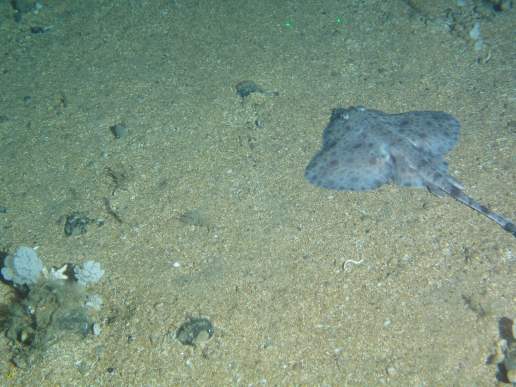
lumeneye_underwater_subsea_laser_used_for_image_scaling_135.jpg Description: Underwater subsea laser reference used for image scaling during seabed survey 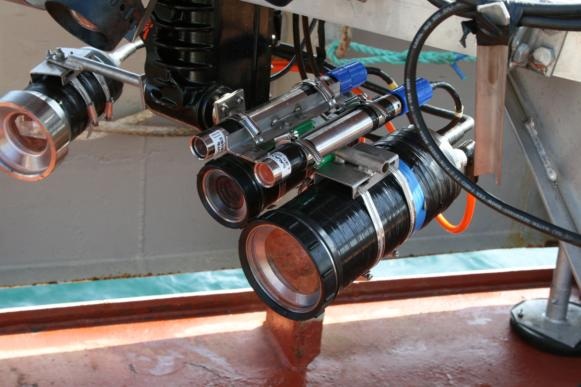 October 10, 2011 at 6:20 pm #13029
October 10, 2011 at 6:20 pm #13029Savante
Participantjust an update…
…some more examples at
http://www.savante.co.uk/?p=1929
hand_scan_image_145.jpg Description: Lumeneye underwater subsea laser scan of arm 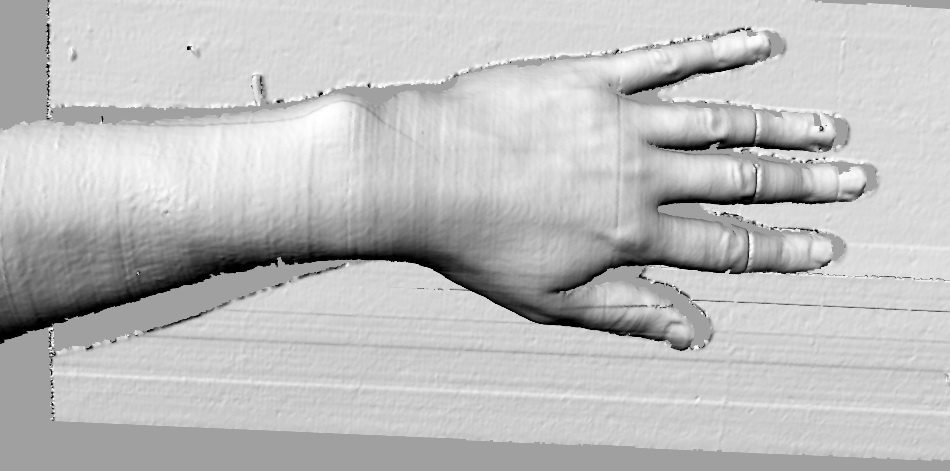
-
AuthorPosts
- You must be logged in to reply to this topic.

